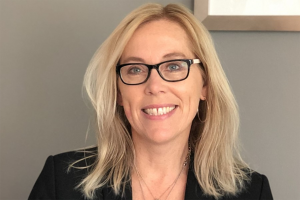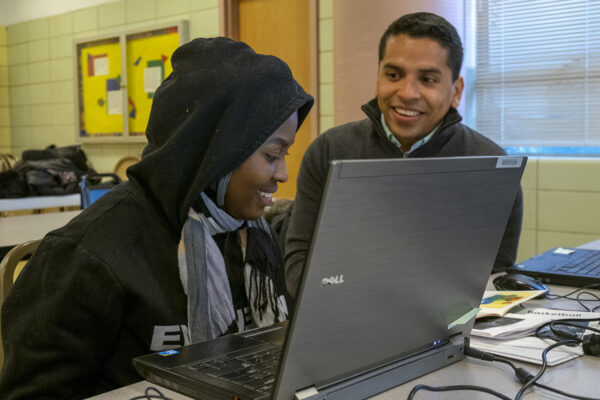The COVID-19 pandemic exposed long-standing disparities in health outcomes by race, ethnicity and socioeconomic status. Addressing the root causes of those disparities is essential to closing the gap and ensuring all patients receive quality care.
New research from Washington University in St. Louis highlights how language barriers between providers and patients whose primary language is not English may have contributed to the problem, and it offers strategies to improve care.

Cindy Brantmeier, professor of applied linguistics in Arts & Sciences, and a multidisciplinary team of WashU researchers surveyed more than 300 health-care workers in St. Louis to examine their perceptions of communications with so-called language-diverse patients at the onset of the COVID-19 pandemic and one year later.
The findings — published in the Journal of Nursing and Patient Health Care — show that respondents felt more prepared to discuss knowledge of COVID-19 with language-diverse patients one year into the pandemic than at the onset. They also felt their patients better understood what individual words meant in the context of discussing COVID-19. However, most respondents felt these patients still lacked sufficient access to health information.
“Health literacy, or an individual’s capacity to acquire and use new health information, is a strong predictor of health status,” Brantmeier said. “Even before the pandemic, some scholars believed that language was one of the most significant social determinants of health and one that deserves increased attention in our medical system.”
Rapidly evolving medical information about COVID-19, an onslaught of misinformation and personal protective equipment have created significant communication challenges in the health-care setting. Those challenges are even more difficult when patient and provider do not speak the same language.
In the survey, health-care workers provided feedback on information available from the community and health-care facilities, oral communication with patients and training of health-care professionals.

Prior work by Brantmeier and Mike Strube, professor of psychological & brain sciences in Arts & Sciences, on self-assessment in language acquisition studies — where they validate learners’ assessments of their own strengths and weaknesses across language abilities through actual performance — served as the foundation of the public health survey.
According to Brantmeier, a positive study finding is that most health-care workers indicated that the St. Louis community and their facilities were aware of the needs for COVID-19 resources for language minorities. Another highlight of the study is that the majority of health-care workers indicated being interested in further training on communication techniques.
“Health-care facilities and the community provided an increased amount of communication resources over time,” she said. “Respondents also indicated positive and responsive leadership and initiatives that attempted to ensure equal health-care access during the public health crisis.”
Brantmeier said she hopes the study will be used to increase awareness about how communication with language-diverse patients impacts health outcomes. The research team has plans to go beyond this study and investigate the perception of both patients and clients about actual communication immediately following a visit.
“This study illustrates the need for medical professionals to learn about self-assessment in perceived competency and, accordingly, to develop communication strategies and tools — including strategies to employ when an interpreter is not immediately available to assist communication between provider and patient,” she said.


